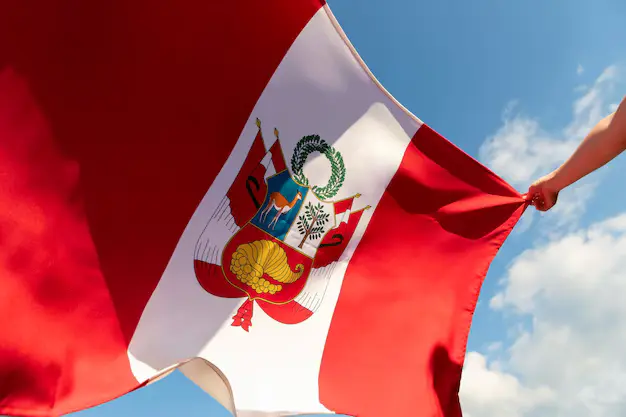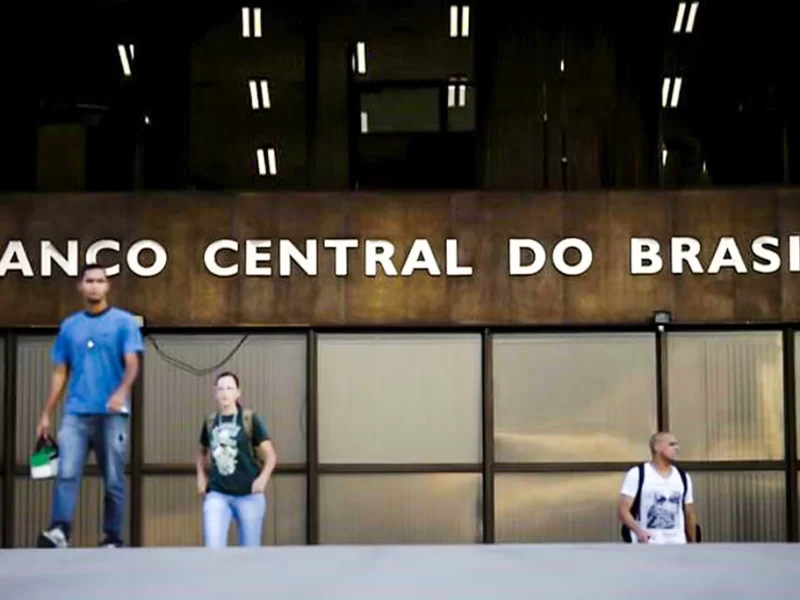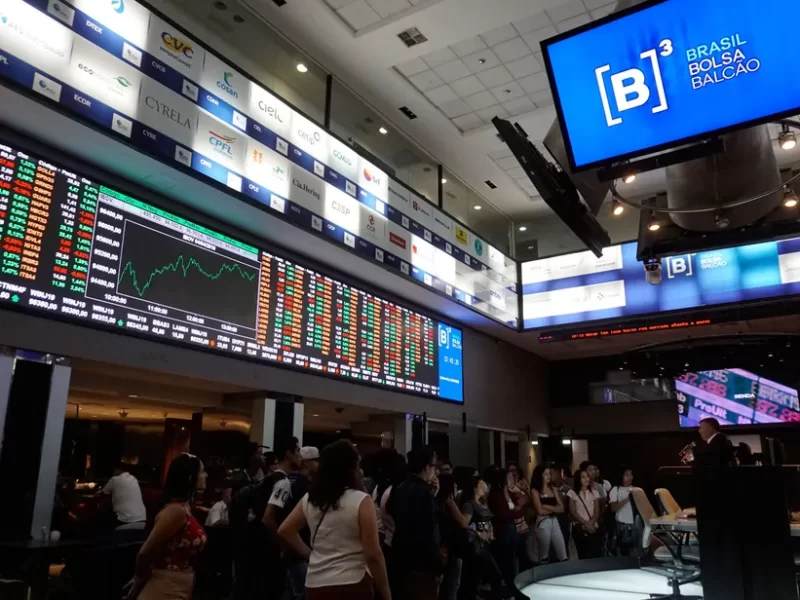A recent World Bank report has placed Peru in an unexpected position. The country now ranks sixth in Latin America for the number of billionaires, surpassing Uruguay, Colombia, Puerto Rico and Costa Rica.
This finding comes from the Wealth Taxes for Equity and Growth report, which analyzes the global distribution of wealth. Latin America hosts 82 billionaires in 12 countries, representing 3.1% of the world’s 2,615 billionaires.
Peru’s inclusion in this elite group highlights its growing economic importance in the region. Brazil leads the number of Latin American billionaires, followed by Mexico, Chile, Argentina and the Cayman Islands.
The report reveals a unique characteristic of wealth in Latin America: a large portion is tied to real estate. This trend reflects limited investment diversity and a cultural preference for land ownership among the wealthy.
Peru’s rise in these rankings brings both opportunities and challenges. While billionaires can drive economic growth and investment, their presence also underscores the need for policies that promote broader economic participation and social mobility.


As of 2023, Forbes identified at least four billionaires in Peru, a number that has grown in recent years. This growth reflects broader economic trends in the region and demonstrates Peru’s potential for wealth creation.
Balancing growth and equity
The World Bank suggests that wealth taxes can promote equity and growth by addressing widening wealth gaps across Latin America. Peru, like its neighbors, faces the challenge of balancing economic growth with a fair distribution of wealth.
Peru’s ranking provides a glimpse of its economic potential, demonstrating its ability to drive wealth creation and attract investment. However, it also highlights the need for inclusive growth strategies that benefit all segments of society.
The concentration of wealth among a small group presents opportunities and risks. It can drive innovation and economic development, but also raise concerns about economic inequalities and their impact on social cohesion.
As Peru navigates this new economic reality, balancing prosperity with inclusion will be crucial to its future success and social stability.



